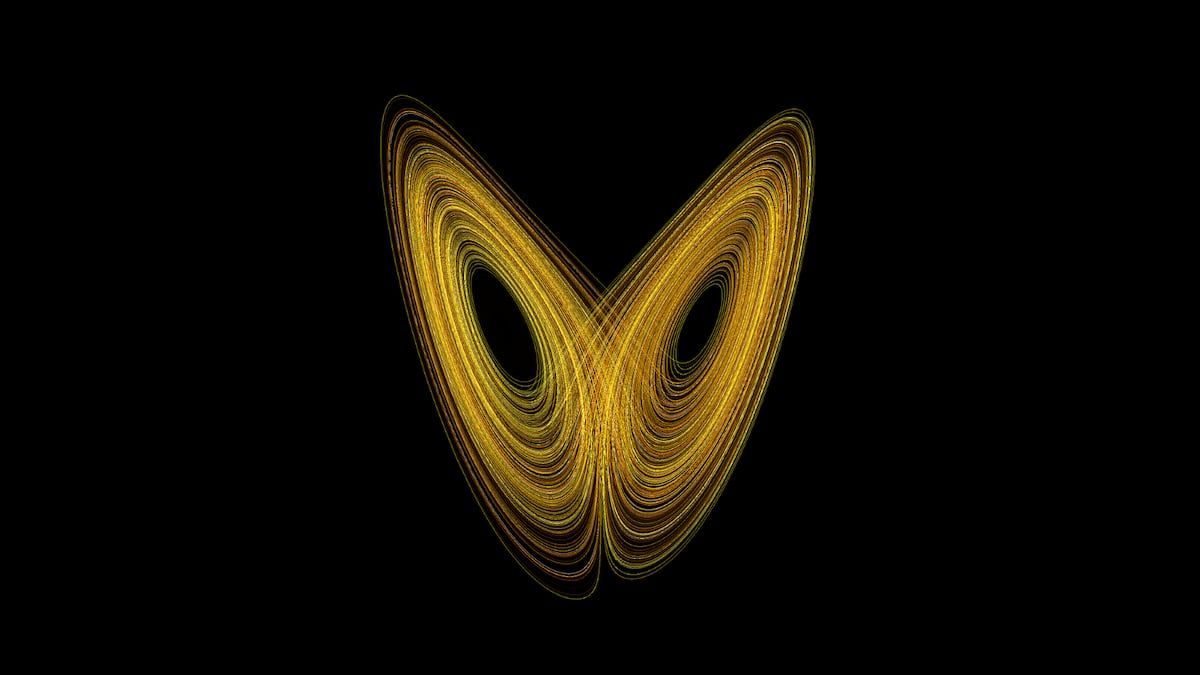Looking at the interval between the second and third doses, Finns have started receiving third coronary vaccinations much earlier than the average population in the European Union.
Finland is lagging behind other European countries in giving third-rate coronary vaccinations, was repeated on social media and in several newspapers last week. According to the headlines, Finland is a “bottom line” or a “drag on the tail of the EU”.
This conclusion was also reached in Helsingin Sanomat when comparing the proportion of those who received the third dose of the vaccine in different European countries at the time of writing. In such a listing, Finland is indeed low.
However, the comparison does not make sense because it is not appropriate to give the third vaccination as soon as possible after the second vaccination. If so, all three doses should be given at the same time.
Is there Has Finland really slowed down with the administration of third doses? The HS looked at the time between the second and third doses in different countries.
The 6% vaccination coverage for the third doses was chosen as the reference point, as it corresponded to the situation in Finland at the time of the review. According to Wednesday’s data, 6.7 percent of Finns have received the third dose.
The vaccination coverage of the second dose in Finland exceeded six per cent on 21 May. For triple doses, the same coverage was exceeded on 4 December. Thus, it took Finland 197 days, or about 6.5 months, from the second dose to the third dose.
This is in line with the recommendation in force in Finland in the autumn: people over 60 have received the third dose six months after the previous vaccination. Six months has also been the minimum time between the second and third doses of vaccine recommended by the European Community Agency for Communicable Diseases (ECDC).
Finland the position in the international comparison also began to look new when the same review was done for other countries. Data from Finland come from the Department of Health and Welfare (THL), data from other countries from the University of Oxford’s Our World in Data project.
Finland is 6% ahead of the EU average at a 6% break-even point. Finland has also started the third round with a slightly shorter interval than Israel and Britain, which are among the countries that have distributed the third doses the most.
Iceland is not included in the graphics because it lacks data from the beginning of the third round of vaccination.
However, Iceland achieved 12% coverage of the third dose in 127 days, only about four months after the coverage of the second dose exceeded 12%. There, third doses have been given on a much faster schedule than the European average.
“
“Vaccinations have not been pledged.” – Mika Rämet
“Result confirms the perception I have had, ”says the director of the University of Tampere’s Vaccine Research Center and professor of immunology Mika Rämet.
“Vaccinations have not been pledged, and the Finns have not been in a worse position than others.”
Rämet is not involved in the bodies that make vaccination decisions in Finland.
In this review, Finland’s position in the list changes from tail to tip due to the fact that in Finland the second vaccines were given to the first ones at a longer interval – ie later than in several other European countries.
Israel and Britain shared the first and second servings at a rapid pace as early as the turn of the year. Vaccines were not yet widely available in Finland at the beginning of the year. In times of scarcity, Finland decided to set an interval of 12 weeks for the first and second vaccinations, which was then reduced to eight weeks and finally to six weeks.
In this way, the first doses were distributed faster, which, according to Rämet, provided good protection against the form of coronavirus that prevailed in the spring. In addition, THL experts estimate that immune protection could be better than between the three weeks used in the manufacturers’ vaccine trials.
Later, the coverage of two doses in Finland has risen higher than in many of the previous comparison countries.
Based on general experience with vaccinations, a long vaccination interval of several months usually provides stronger and more lasting protection than a short one. In the absence of experience, there is no certainty as to the ideal vaccination interval for coronary vaccines.
In addition, new forms of virus are changing the playing field. The now seemingly more contagious omicron transformation has introduced a new unpredictable variable.
ECDC and the European Medicines Agency (EMA) commented the evidence received so far this week suggests that the effect could be safely given as early as three months after the second dose, if deemed necessary for public health reasons, even though the current recommended interval is six months.
In Finland, the National Vaccine Expert Group last week recommended a 5-6 month interval. Britain decided to try to protect itself from omicron by shortening the period to three months.
Read more: Mother: The omicron vaccine could be approved after 3-4 months if needed
.
#Corona #fact #Finland #bottom #line #administering #doses #vaccine #Europe #international #comparisons #show







